Morrisons delivered an industry-beating like-for-like sales performance in its third quarter as it won new customers.
For the 13 weeks to November 2, like-for-like sales increased 8.1 per cent, ahead of market expectations.
Morrisons chief executive Marc Bolland said that 4.4 per cent of the comparable store sales growth came from an increase in customer numbers, which have risen by 700,000 since the second phase of the grocer’s optimisation plan was launched in the third quarter of last year. Total sales, excluding fuel, were up 9.5 per cent.
Bolland said the grocer has benefited from its growing reputation for “outstanding value and freshness”. He said: “We appeal to a broad range of shoppers, from affluent customers who have traded down from premium retailers and are surprised by the quality of our fresh fish and meat, to the less affluent who are amazed by our deals.”
Charles Stanley analyst Sam Hart said Morrisons’ number of Price Crunch promotions has increased, but food price inflation would also have made a significant contribution to like-for-like sales growth.
“We expect like-for-like sales growth to slow materially in the fourth quarter as the group starts to come up against much tougher comparatives and the rate of food price inflation slows sharply,” he said.
Morrisons also revealed it has entered into a conditional agreement with Co-operative Group to acquire 38 former Co-op and Somerfield stores for£223.1 million. It has also bought the freehold for its distribution centre in Sittingbourne, Kent.
Bolland denied that the 38 stores – each less than 25,000 sq ft – represented a move into convenience. “We already have around 60 stores between 10,000 and 20,000 sq ft and these fit into this bracket,” he said.
Bernstein analyst Christopher Hogbin warned that both investments will reduce profits next year. He noted that the cost – about£403 million – will roughly match the shortfall in share buy-backs this year, as the grocer has suspended its£1 billion buy-back programme.



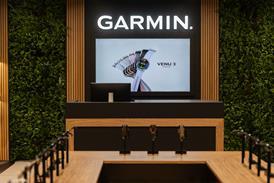









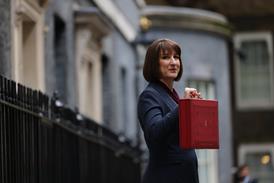




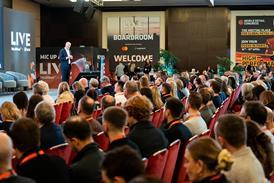



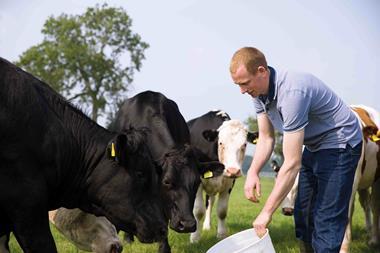


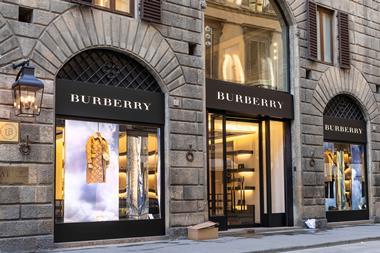


No comments yet